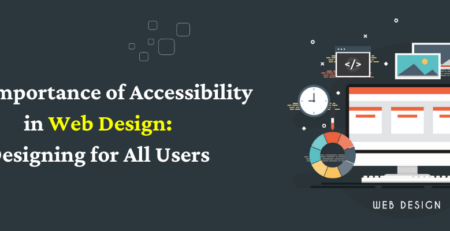Effective Call-to-Action Strategies for Hospital Websites: Encouraging Patient Engagement
Introduction
In today’s digital age, a strong online presence is crucial for hospitals to connect with patients and promote engagement. One effective way to drive action and encourage patient interaction on hospital websites is through well-crafted call-to-action (CTA) strategies. In this blog post, we will explore various techniques and best practices for creating compelling CTAs that enhance the user experience, increase patient engagement, and ultimately drive positive outcomes.
Clear and Actionable Language
The language used in your CTAs plays a vital role in encouraging patient engagement. Use concise, action-oriented phrases that clearly communicate the desired action. For example, instead of a generic “Click Here,” opt for more specific CTAs like “Schedule an Appointment,” “Request a Consultation,” or “Learn More About Our Services.” By using clear and actionable language, you guide visitors towards taking the desired actions, making it easier for them to engage with your hospital.
Strategic Placement
The placement of your CTAs can significantly impact their effectiveness. Consider placing them in prominent and easily noticeable areas of your website, such as the homepage, service pages, and contact page. Strategic placement ensures that CTAs are visible and accessible to patients at various stages of their online journey. Additionally, consider incorporating CTAs within relevant content sections to provide seamless opportunities for patients to take action.
Compelling Design and Visuals
Visual appeal plays a crucial role in attracting and capturing the attention of website visitors. Design your CTAs with eye-catching colors, fonts, and visuals that align with your hospital’s branding. Incorporate contrasting colors to make CTAs stand out, and use relevant imagery or icons to enhance their visibility and convey the intended message. A visually appealing CTA is more likely to capture patients’ attention and compel them to engage further.
Personalization and Relevance
Tailoring CTAs to match the needs and interests of your target audience can significantly improve engagement rates. Leverage data and patient segmentation to create personalized CTAs that speak directly to specific patient demographics or preferences. For example, if you offer specialized services for seniors, consider customizing CTAs with language like “Discover Senior Care Solutions” or “Book an Appointment for Senior Health.” By providing relevant and personalized CTAs, you demonstrate your understanding of patients’ unique needs and increase the likelihood of their engagement.
A/B Testing and Optimization
Continuous improvement is essential for maximizing the effectiveness of your CTAs. Implement A/B testing to compare different variations of CTAs and identify which ones yield the best results. Test different elements such as wording, colors, placement, and design to uncover insights that can inform future optimization efforts. Regularly analyze CTA performance metrics, such as click-through rates and conversion rates, to fine-tune your strategies and achieve higher patient engagement levels over time.
Conclusion
Effective call-to-action strategies are essential for driving patient engagement on hospital websites. By implementing clear and actionable language, strategic placement, compelling design, personalization, and continuous optimization, hospitals can enhance the overall user experience and encourage patients to take desired actions. Embrace the power of CTAs to connect with patients, drive conversions, and foster meaningful relationships that contribute to the success of your healthcare organization.
Remember, patient engagement is an ongoing process, and it requires consistent effort and optimization. By adopting these CTA strategies and continually refining your approach, you can















Leave a Reply